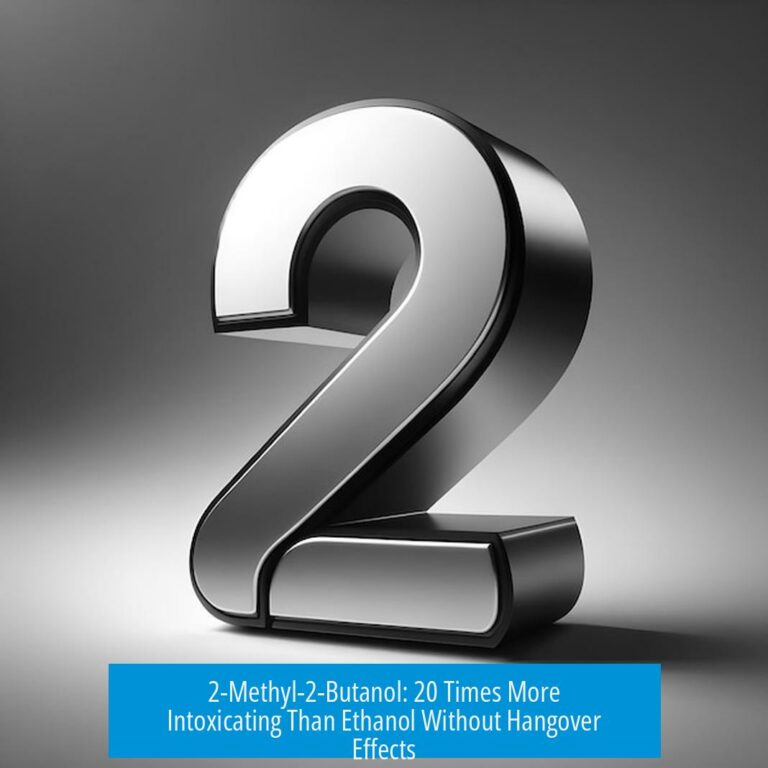Running Plasmid in Agarose Gel

Running plasmid DNA in an agarose gel produces distinctive band patterns, often showing multiple bands representing different plasmid conformations, such as supercoiled, relaxed, or nicked forms. This behavior results in the plasmid migrating at sizes larger or different than expected.
Behavior of Uncut Plasmid on Gel

Uncut plasmid DNA does not run as a single, clear band. Instead, it shows multiple bands due to its various topological states. The supercoiled form runs faster, while nicked or relaxed plasmids migrate slower, creating a complex pattern. This variability complicates size estimation. Therefore, uncut plasmids yield confusing images, often making it hard to determine plasmid size accurately.
Diagnostic Digests for Insert Confirmation

Digesting plasmid DNA with restriction enzymes targeting specific sites helps confirm insert presence and size. A classical cloning approach uses an insert-separating digest to reveal bands corresponding to vector and insert sizes.
- Performing at least one restriction digest simplifies interpretation by linearizing or fragmenting plasmids.
- This method historically confirmed plasmid integrity before sequencing was routine.
- Multiple enzyme digests, cutting at different plasmid locations, help exclude rearrangements or mutations, important for stable cell line plasmids.
Modern Workflow: Combining Gel and Sequencing

Gel electrophoresis remains a valuable quality control step. It screens plasmid preps for correct size and integrity before sequencing.
Advances like nanopore sequencing enable full plasmid sequencing at reasonable costs and turnaround times. Labs typically:
- Quantitate DNA concentration using fluorometric methods (e.g., Qubit).
- Perform a single-enzyme gel digestion to confirm plasmid size.
- Submit selected positive samples for whole plasmid sequencing.
This approach provides definitive sequence verification, which is increasingly favored over multiple diagnostic digests.
Summary of Best Practices

- Uncut plasmid runs as multiple bands due to topology differences.
- Restriction digestion clarifies plasmid size and insert presence.
- Multiple digests rule out large rearrangements in critical applications.
- Gel electrophoresis screens samples prior to modern full plasmid sequencing.
- Whole plasmid sequencing offers comprehensive verification.
Running Plasmid in Agarose Gel: The Art and Science of DNA Migration

When you run a plasmid on an agarose gel, especially an uncut plasmid, expect the unexpected. It doesn’t behave like a linear DNA fragment neatly migrating by size. Instead, it throws a curveball—running larger than you predict and often appearing as multiple bands. Why? Because plasmids can exist in different conformations: supercoiled, relaxed, or nicked. These forms impact how they travel through the gel, creating a somewhat cryptic pattern.
Sounds confusing, right? Well, let’s unpack this mystery step-by-step. Understanding plasmid behavior on gels is like decoding a secret language for molecular biologists.
Why Does Uncut Plasmid Look Strange on Agarose Gel?
Picture this: You load your uncut plasmid sample on the gel. Instead of one sharp band at its expected size, you see two or three bands. Sometimes, these bands look like rogue travelers veering off the path. The secret lies in the plasmid’s shape.
- Supercoiled plasmids: These tightly coiled structures move faster and thus appear smaller than their actual size. This is because compact shapes thread through the gel pores more easily.
- Relaxed or nicked plasmids: Plasmids that have single-strand breaks lose their supercoiling. They run slower and look larger on the gel.
The mix of these forms in your sample creates multiple bands. That’s why uncut plasmids defy the simple “size equals position” rule that linear DNA follows. So, if you see multiple bands, don’t panic. It’s just your plasmid showing its personality.
Diagnostic Digests: The Old Classic Detective Tool
Now, when it’s time to confirm your plasmid construction—say, verifying an insert—diagnostic restriction digests are the gold standard for many researchers. Here’s why:
- Cutting the plasmid with specific restriction enzymes separates the insert from the vector backbone. This separation reveals the actual size of the insert on the gel.
- This method is a straightforward way to confirm that your cloning worked as planned.
Historically, diagnostic digests have been the go-to method. You could think of it as a molecular “fingerprint.” But, confession time: many scientists have moved past exhaustive digests during cloning. With reliable vectors and inserts, they often skip this step and send plasmids directly for sequencing.
However, there are situations where multiple digests are crucial. For example, when plasmids are used to generate stable cell lines—projects that can stretch over months—every bit of certainty helps. Researchers perform four to five different digestions cutting across the plasmid multiple times. This thoroughness ensures no nasty surprises like promoter mutations or large rearrangements sneak in. When stakes are high, the detective work pays off.
The Modern Workflow: A Blend of Gel and Sequencing
So, what does a current plasmid verification workflow look like? Turns out, it’s a little bit old-school, a little bit high-tech:
- First, run the plasmid on an agarose gel after digestion with one enzyme. This confirms your prep is roughly the right size and checks for obvious problems.
- Then, select the positive samples for full plasmid sequencing to verify the entire sequence.
This combo approach marries quick visual checks with the thoroughness of sequencing.
Thanks to advances like nanopore sequencing, whole plasmid sequencing is now within reach for most labs. It offers significant advantages:
- Cost-effective coverage: For the price of two or three traditional sequencing reactions, you can sequence the entire plasmid.
- Complete verification: No more guessing if insert or vector parts mutated or rearranged somewhere undetected.
- Speed and accuracy: With tools like Qubit to precisely measure DNA concentration, researchers screen mini preps efficiently, then do whole plasmid sequencing on top candidates.
This approach boosts confidence in your plasmid’s integrity and cuts down time wasted on guesswork.
Tips from the Trenches: Practical Advice for Running Plasmid Gels
- Choose the right agarose concentration. For small plasmids around 3-10 kb, use 1-1.2% agarose gels for good resolution. For larger plasmids, go lower to separate bigger fragments better.
- Use appropriate DNA ladders. Make sure your molecular weight markers cover your plasmid’s expected sizes.
- Don’t overthink multiple bands. Uncut plasmids create that pattern naturally. Use restriction digests to simplify interpretation.
- Quantify your DNA correctly before sequencing. Inaccurate measurement can cause sequencing failures or poor data quality.
- Consider plasmid purity. Contaminants like RNA or proteins can interfere with gel migration and sequencing quality. Clean preps are essential.
Final Thoughts: Reading the Gel Like a Book
Running plasmids on agarose gels is more than just loading samples and watching DNA migrate. It’s about reading a complex story of molecular structures and confirming the success of your molecular cloning efforts. Uncut plasmids tell tales in multiple bands; digests provide chapter breaks marking key plot points. And whole plasmid sequencing wraps the story with full clarity.
Next time your gel shows weird bands, remember: your plasmid is doing a bit of a dance. Embrace this quirky behavior. Use it to your advantage with smart digests and modern sequencing. It’s the best way to ensure your plasmid is the star of your genetic experiment—no surprises, only success.





Leave a Comment